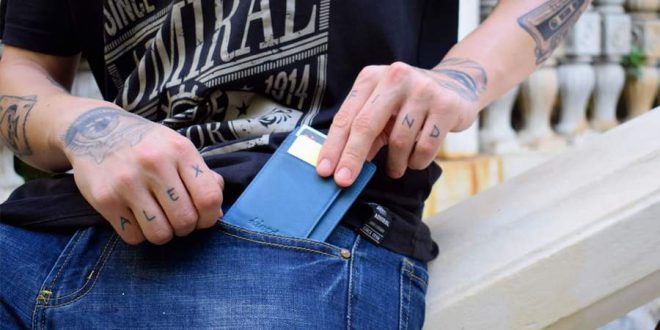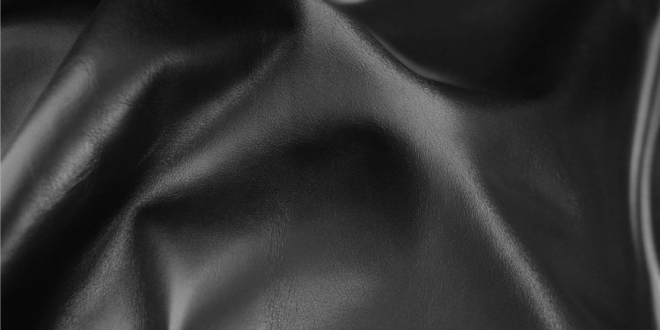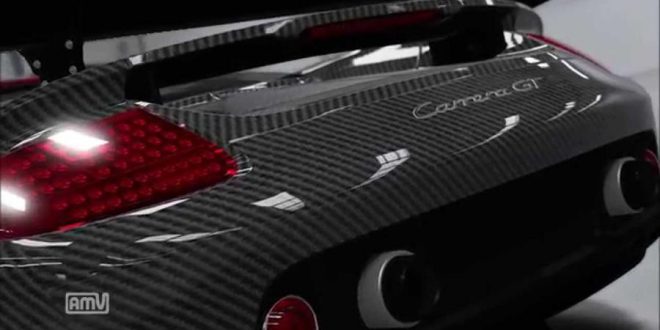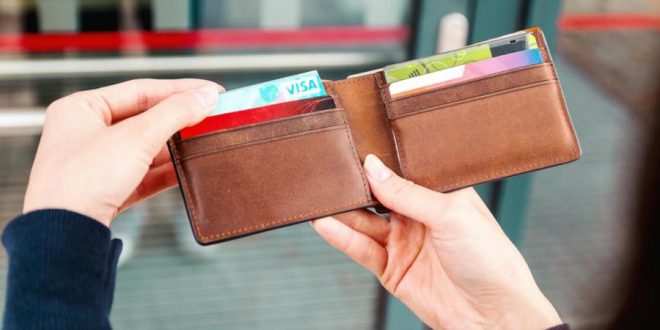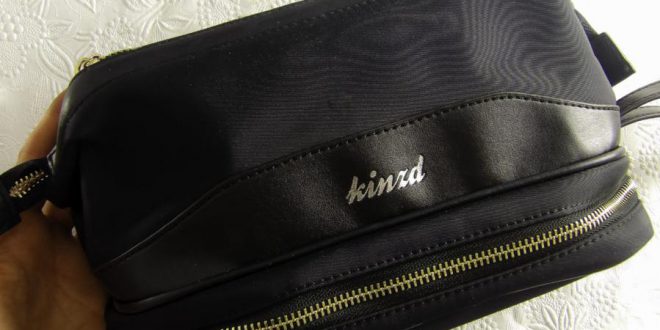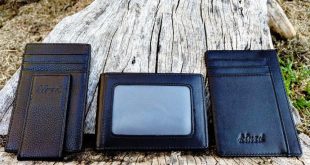What differentiates a high-quality leather wallet from a poor quality counterfeit? You can easily tell which one will last and which ones won’t by simply feeling, examining, and smelling each wallet. Below we’ll let you know how you can do this.
The Feel & Smell of Leather Wallets
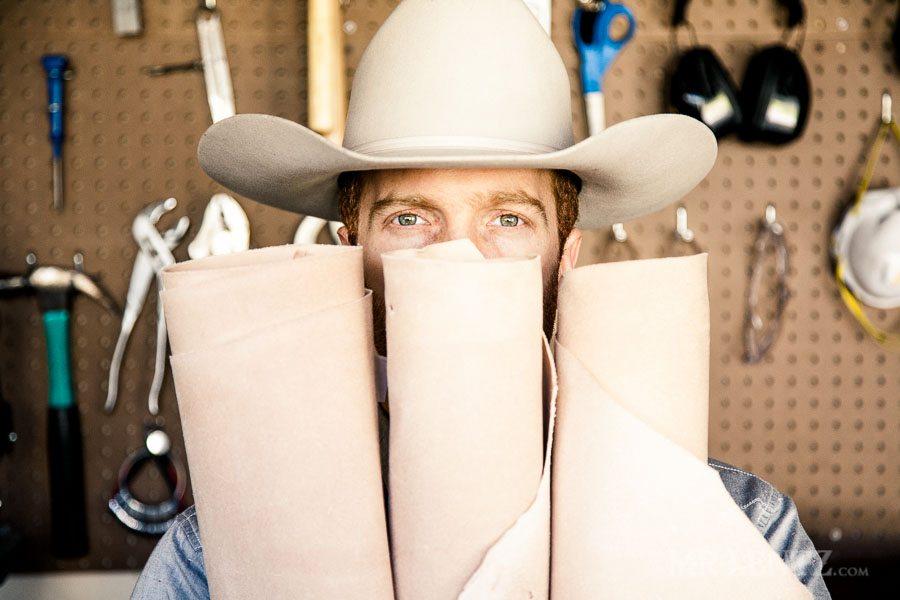
While we won’t delve into the details of high-quality leather wallets, it is important to note that you should be checking for top-grain or full-grain leather. These last fifty times longer when compared to a variety of other leather grades while costing only twice as much. Even so, it is not easy to tell whether the material is top or full-grain leather by looking at the appearance. The manufacturers tend to mask low-quality leather such as bonded or genuine leather and faux leather thus making it look better.
However, the manufacturers are yet to figure out how to imitate the smell and feel of high-quality leather. Therefore, this is your first clue in determining whether the leather wallet you’re buying is worth it or not. Use this technique for all kinds of leather wallets including slim credit card wallets, passcase wallets, and more. Perform the feel test by running your finger over the surface of the wallets. Quality leather products should not feel like wax or plastic. While leather has a distinct finish, it should ideally be light. A wallet with a thick finish probably isn’t top-grain or full grain leather and as such, might be faux leather or low-quality leather with a coat of polyurethane to provide the appeal and durability that are lacking in the primary material.
You can also perform a quality check by smelling the leather. If you buy a wallet with a polyurethane coating or other thick finishes, then you will won’t miss the strong smell of chemicals applied over the material. A high-quality leather wallet should not have any strong chemical odors; it should only smell like leather. The musty or earthy smell combined with a tangy sweet smell of leather is unmistakable. It is virtually impossible to imitate or create the scent of leather that lasts considering the real smell of leather does not fade. Regardless of the length of time, a real leather wallet has been sitting in storage or the warehouse, you should still smell the actual scent of leather. It is not possible to remove the smell even through a thorough cleaning process. The same applies even if you leave it outside for an extended period. The scent of leather is essentially an effective way to tell apart the real leather products from the fake ones.
Thickness of Leather
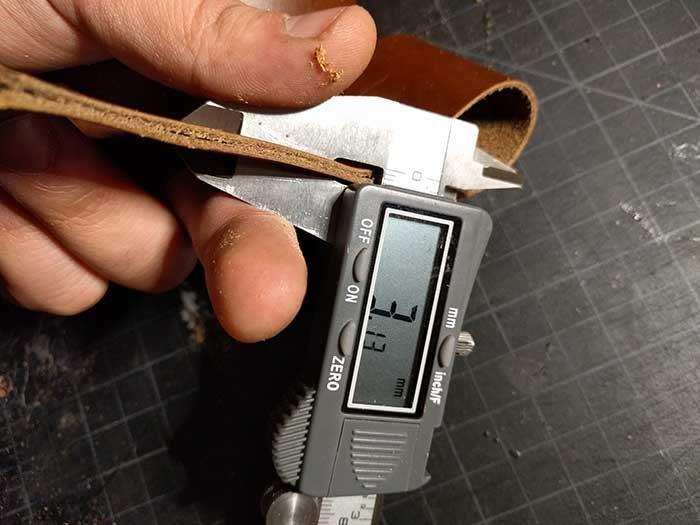
You can determine the thickness of the material by examining the edges. The centre fold of your leather wallet should have a thickness matching two-quarters of the two layers while the flaps should have a thickness matching one quarter. Any thinner and the material will remain floppy (shapeless). As a result, it will not have the characteristic stiffness of most quality leather wallets. Note that thin leather also wears out quicker, especially with regular use.
You should be careful though because the low-quality wallet makers use a trick to make their material seem thicker than it actually is. The manufacturers of these low-quality wallets make their leather even thinner to cut down on their costs by inserting a thin plastic material or stiff cardboard. This results in an inexpensive product that wears out faster. Inserting a plastic material in between fabric lining and thin leather causes a higher rate of wear through, especially with continued use of the wallet.
Stitching
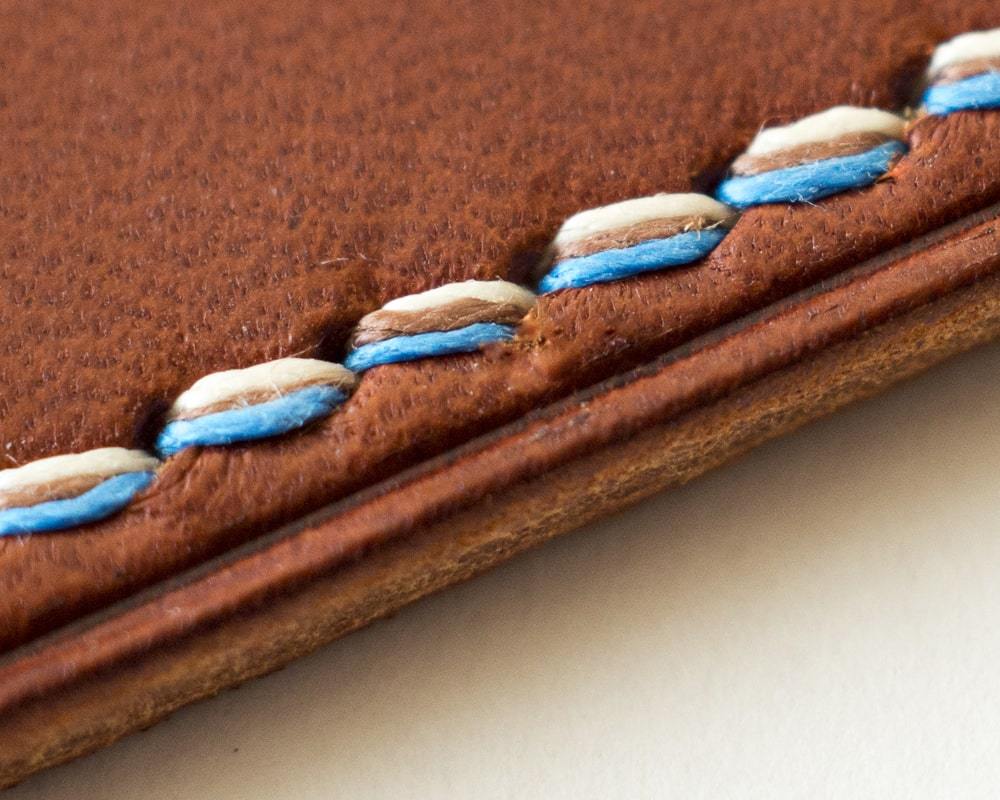
Nylon, polyester, and cotton are the best stitching materials. While cotton is an acceptable material, it is a less durable option. Unless it is polyester or nylon, it is highly unlikely that you’ll tell the type of material by simply examining a wallet.
An aspect more important than the material choice that you can use to differentiate quality products from the knockoffs is the appearance. When it comes to the stitching, you should carefully examine the sewing pattern. While examining every pocket and edge, check that there are two parallel stitch lines. The double-stitched pattern helps by reinforcing each line to safeguard the wallet and its pockets from the flexing that occurs due to inserting cards as well as the frequent opening and closing. If you find no double-stitch pattern, you should look out for a cross pattern that crisscrosses the stitch. This pattern is yet another acceptable reinforcement technique for the stitch and it boosts the appeal of some wallets.
If there is no reinforcement applied to the stitching, then the manufacturer has certainly cut shortcuts by applying minimal stitching to hold the wallet together. Consequently, the minimal stitching won’t hold the leather wallet together for long. Instead, the wallet will only serve for a shorter period.
Edges
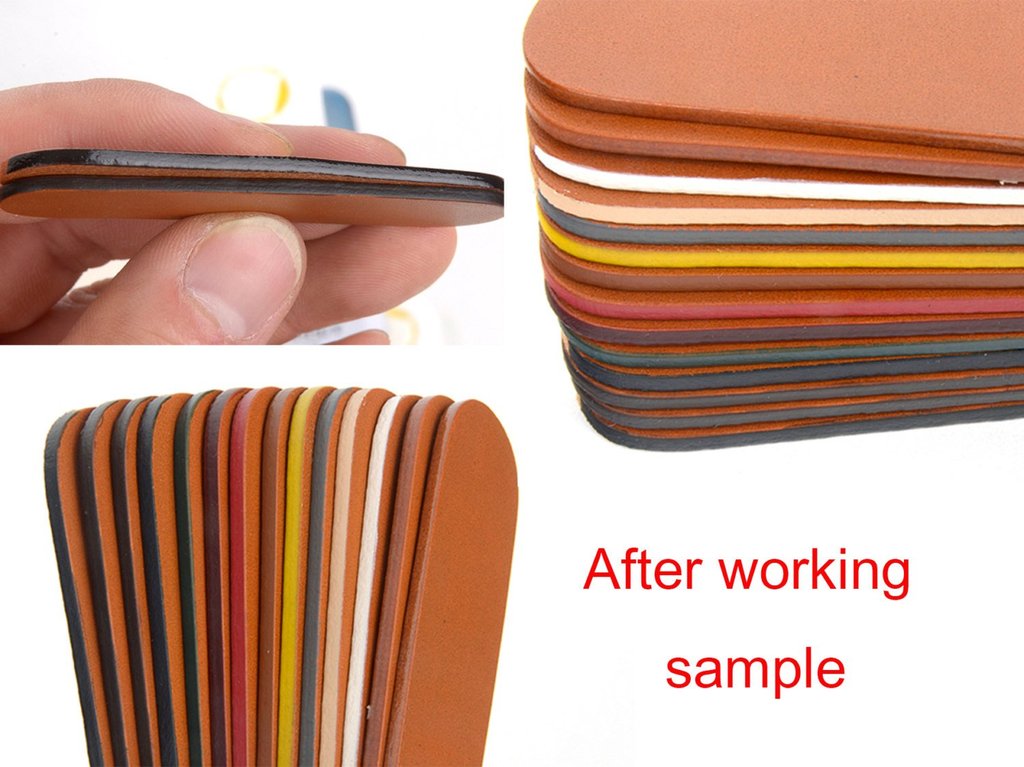
Look at the wallet edges as well, as these are great indicators of the quality. If you examine the edges, they should have either a turned or cut edge. A rolled or turned edge is folded in an inward manner while the stitching holds it in place. When you look at it closely, you should see the rolled edge that looks similar to the interior or exterior surface. A wallet with cut edges, on the other hand, will have a raw and bare leather at the bottom section of the leather wallet.
Unless the wallet is handmade, you’ll rarely come across wallets incorporating the cut edges. The handmade wallets having cut edges either incorporate a painted edge, raw edge, or burnished edge. A natural cut edge is preferable, as it enables you to examine the leather thickness and the level of dye penetration into the rawhide.
Corners
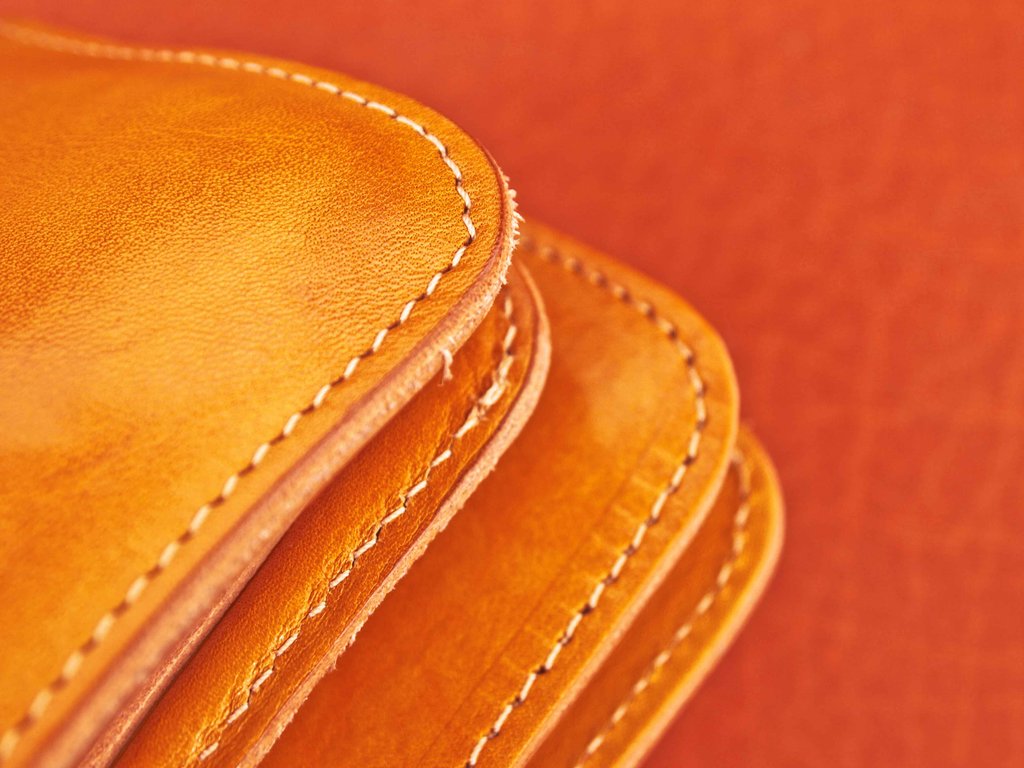
While inspecting the wallet edges, examine the cut down and up to every corner. Does the wallet have rounded or square corners? Square corners wear out faster when they rub against fabric while being put or removed from the pockets. Wallets with rounded corners, on the other hand, slide in effortlessly thus preserving the leather.
Pockets
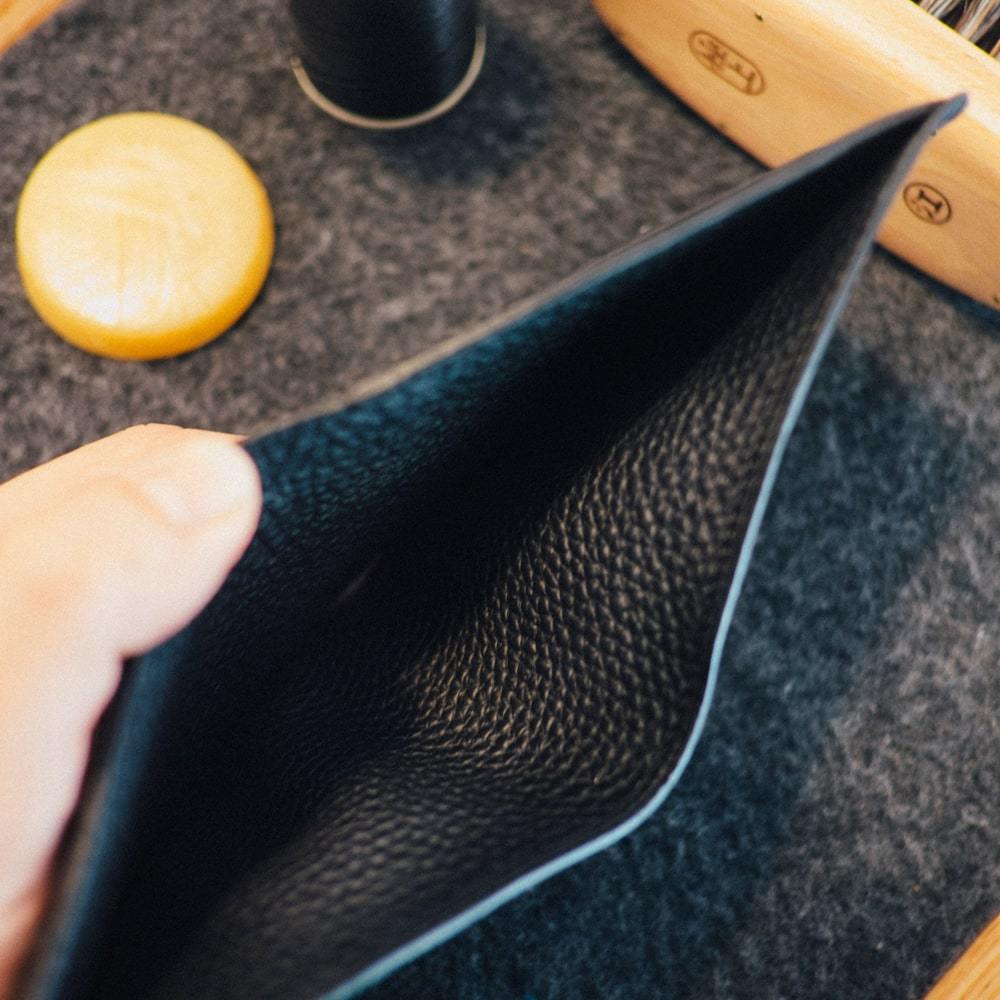
Well-made wallet pockets are particularly vital considering they’ll be used constantly. So, let’s begin with some of the things you really shouldn’t spot in your ideal leather wallet.
Pull out the pockets and look inside. You should see no lip at the point where the material folds to the inner part of the wallet pocket. Instead, it should cut off close to the top part of the wallet interior. Having the lining is fine; however, the lip makes it a little more difficult to remove cards and repeated friction wears the material. It is better to have the material continuing from the front to the inner part.
Note that some wallets have no fold over pockets. They incorporate a straight cut across the upper part of the wallet pocket. Having a straight cut makes perfect sense as long as the material is thick enough to allow a single layer to remain completely sturdy.
You will frequently see wallet pockets with rolled over edges. This rollover effect is intended to create an attractive edge at the pocket front. The attractive edge is made in two different ways. The material used at the section of the rollover must be thin enough such that it folds properly and lays flat. The makers of leather wallets can make the wallet pockets thin enough to allow them to roll over the top or they can create thicker pockets, then thin just the pocket top. Maintaining a thick profile until the section of the rollover allows the pocket to provide greater durability while keeping the stylish appearance of the rolled over edges.
Finally, the leather wallet pockets shouldn’t extend or reach the length of the cards. If they do, you’ll have a hard time pulling out your cards. To pull it out, you’ll be forced to stretch out the pocket front, which creates stress particularly on the stitches and the material is loosened as well.
Craftsmanship
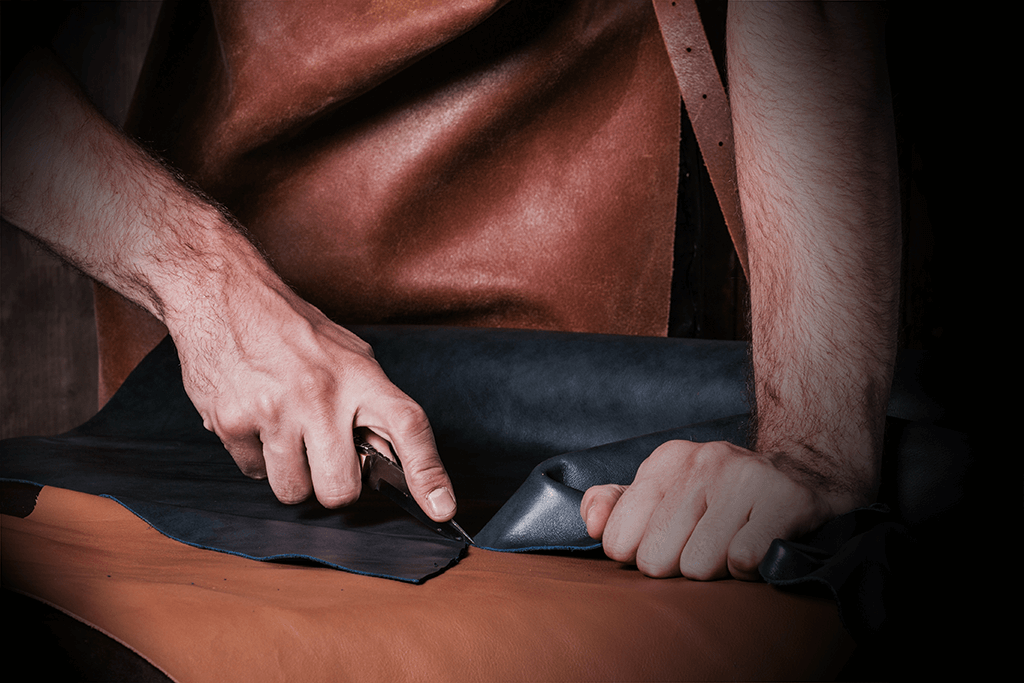
The final part of the inspection involves examining the craftsmanship applied in the construction of the leather wallet.
Have a look at every line and every cut of the stitching. The lines of the stitching should be straight while the stitching should line up perpendicular or parallel to one another. There should be no uneven cuts or off-kilter angle assembly or sewing. Every stitch and line should be vertical or horizontal except for the rounded off corners.
Conclusion:
What are some of the important marks you should look out for when you need to differentiate between a high-quality wallet from a cheap knockoff?
- The wallet has a distinct smell of leather and not strong chemical odors
- The texture should feel like leather
- The wallet should be cross-stitched or double stitched on the edges
- The wallet edges should be turned in; not coated using a bonding material
- The manufacturers thin the leather on the edges for a blended, smooth surface
- The corners of the leather wallets are rounded
- Wallet pockets are thicker with straight cut tops
- The stitching and cuts are made straight at perfect vertical or horizontal angles
- Pockets don’t cover cards or bills entirely
- The rolled over wallets are thick except for the rollover sections
 Best Wiki
Best Wiki

